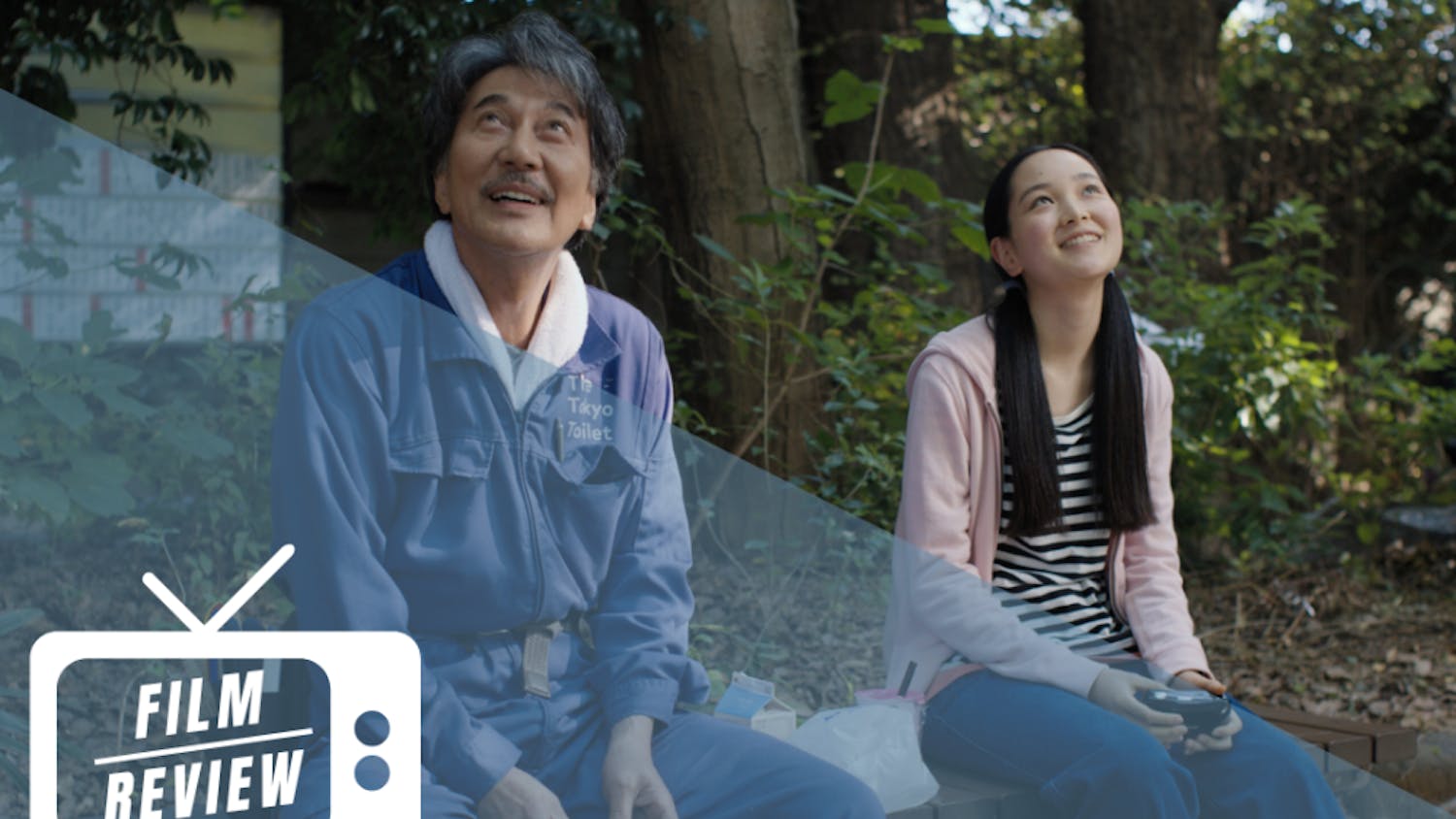At first glance, director Josie Rourke’s debut film, “Mary Queen of Scots,” seems like an intriguing feminist period piece about two powerful women battling for the throne of England and Scotland. However, as is often the case, the truth is not as advertised. Rather than celebrating these women and their strengths, “Mary Queen of Scots” portrays them as victims of their circumstances, their chances at sisterhood and cooperation foiled at every turn by self-serving, greedy men. The two main leads also lack direct confrontation with each other, only meeting once throughout the entire film. The result is a subpar costume drama that lacks engaging conflict and substance.
“Mary Queen of Scots” tells the notorious story of the feud between Mary Stuart (Saoirse Ronan) and Elizabeth I (Margot Robbie) and their claim to the English throne. Catholics in England believed that Elizabeth, the child of Henry VIII, was illegitimate. They saw Mary Stuart, queen of Scotland and legitimate granddaughter of Henry’s sister Margaret Tudor, as the rightful heir. Condensing more than 25 years of events into 125 minutes, the film follows both queens through marriages, affairs, deceptions and assassinations at a dizzying speed. Despite all that transpires, the movie seems to drag, largely because the film’s central conflict develops through envoys who deliver messages from one queen to another, which doesn’t make for a particularly fascinating viewing.
For a movie that purports to be about female empowerment, “Mary Queen of Scots” spends a lot of its runtime focused on the ways in which Mary and Elizabeth are slaves to the whims of their male advisers. Both women remain helpless, despite the strength afforded to them by their positions, and only watch forlornly as they are betrayed and manipulated repeatedly. Rather depicting them as complex, multidimensional characters, Rourke reduces each queen to the sum of her marriages and children. Instead of subverting the stereotypes associated with women of this time period, “Mary Queen of Scots” reinforces them. The film seems to serve as a reminder of the oppression inflicted on even the most powerful of women, but the obvious nature of this message, as well as the lackluster way in which it is presented, raises the question of what exactly is to be gained from the movie.
In terms of its style, the film does not stray far from the conventions of its genre. The score is fairly typical, the costumes are eye-catching and the film is rife with expansive and showy landscape shots that simply look nice. One of the movie’s only interesting stylistic choices is the identical way in which Mary and Elizabeth are framed and shot. This decision, to have the camera follow both women in the same exact way, parallels their behavior and allows for a comparison to be made between the two despite their physical distance from one another.
It is quite obvious that this movie was intended to act as a vehicle for its two lead actresses. Ronan delivers a commendable performance, injecting some charm and spunk into her role, which the otherwise insipid film desperately needed. Robbie also performs exceptionally well, especially considering the lack of depth and screen-time her character receives. Both perform at their best when they play off one another, which unfortunately occurs just once in the entire film, but is without a doubt its highlight.
As a whole, “Mary Queen of Scots” is the result of a mediocre execution of an already mediocre concept. The film suffers from the separation of its two leads, an over-bloated storyline and its stale message about patriarchal oppression. Besides its clever cinematography and strong performances, “Mary Queen of Scots” does not stand out among an already vast sea of period pieces.
Grade: C





